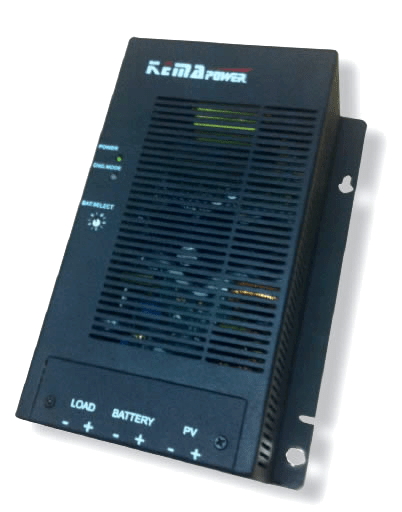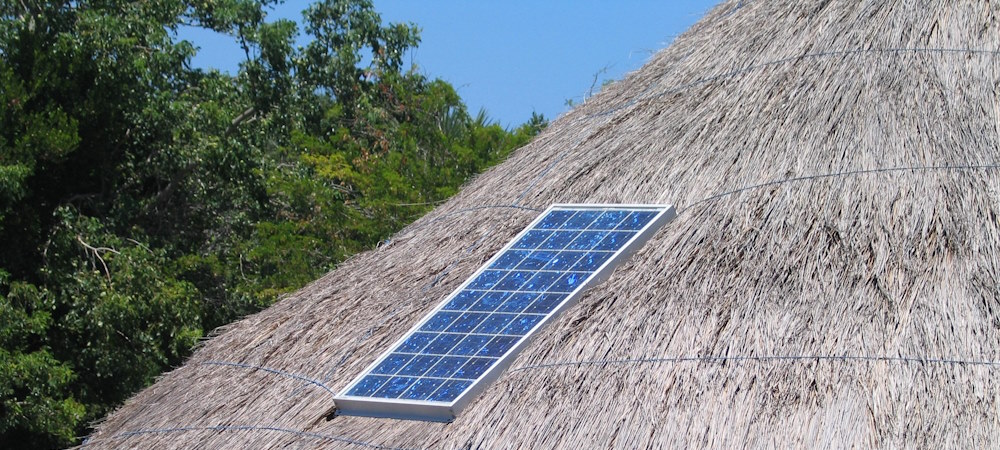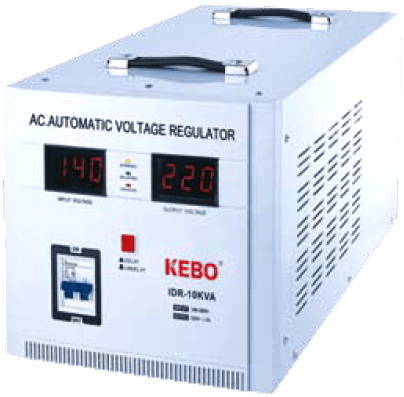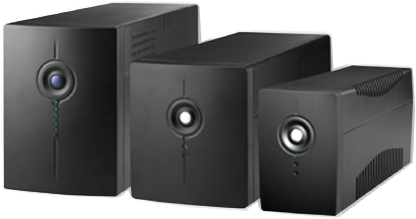Solar Battery Power and Solar Panels
For individuals and businesses that are not too sure how Solar Power function. Please read below how using Solar Panels and Solar Batteries together can be of benefit.
Solar Panels, together with inverters produce power in proportion to the Solar Energy from the sun. This energy is then converted into electricity. When appliances utilise power the Solar System subsidises this demand. If the Solar System has excess then the surplus is exported to the utility grid.
Adding Solar Batteries to the equation means that you now have a place in which to store the surplus solar energy.
This excess energy is usually stored until it is need which is usually at night or on cloudy days when there is little solar input.
The inverter manages the flow of the power to ensure that you maximise the use of this free solar energy. The inverter also ensures not to waste any surplus electricity.
So in other words, a solar battery is in effect a storage unit where all the excess energy which is generated during sunshiny days is stored.
As far as Solar Batteries are concerned, there is never a one-size-fits-all scenario. The best way moving forward is to ensure that your solar batteries are of a high quality.
Different solar batteries are used for varying purposes to ensure that the right product for the right application is used.
Lead Acid Batteries
- Because Lead Acid batteries contain large amounts of electrical energy, they are capable of discharging very quickly if any form of conductor is placed across their terminals.
- Lead Acid batteries contain sulphuric acid which is corrosive.
- Lead Acid batteries give off hydrogen when they are charged which when mixed with air, can become explosive and can even be ignited by a tiny spark, therefore handling these with caution is advisable.
- Lead Acid cells have a minimal voltage of about 2 V – this is all depending on the state of charge.
- A battery usually consists of several cells that are connected together in a series to produce sufficient Voltage – this is usually 12, 24 or 48 Volts.
Deep cycle cells
A Deep Cycle Cells refers to a battery being charged with energy during sunny days.
Solar Batteries, as we have deduced, are therefore vital for the optimal function of Solar Systems.





